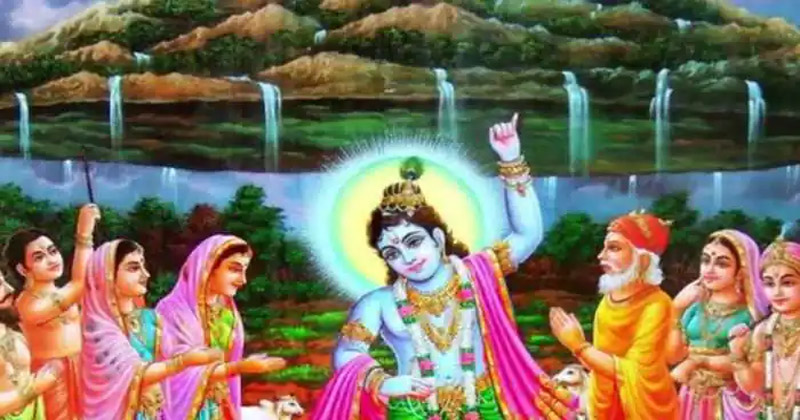
Understanding the Fourth Day of Tihar: Celebrating Govardhan, Bali, Bull, and Hali Puja
The fourth day of Tihar, a significant festival in Nepal, is marked by diverse and vibrant celebrations. This day, known as Kartik Shukla Pratipada and Yama Panchak, holds deep religious and cultural significance.
Govardhan Puja: A Tribute to Tradition
The day is famous for Govardhan Puja, where a symbolic mountain of cow dung represents Govardhan Parbat. This ritual commemorates a mythological event from the Dwapara Yuga, where Lord Krishna lifted the Govardhan Mountain with his palm to protect the people of Gokula from severe rains.
The Worship of Bali Raja
On this day, Bali Raja is also revered. It's believed that Lord Vishnu granted Bali Raja the authority to rule Matryaloka for the five days of Yama Panchak. This aspect of the festival is particularly honored by those who engage in the traditional Deusi Bhailo songs and dances during Tihar.
Bull Worship: Honoring the Beasts of Burden
In recognition of the year-round hard work of bulls in agriculture, they are worshiped and offered sweet treats on this day. This practice not only shows gratitude but also highlights the importance of these animals in traditional farming.
Celebrating the Farmers: Hali Tihar
Farmers, the backbone of agriculture, are also worshiped and treated with sweet foods. This recognition emphasizes the value of their tireless efforts in sustaining agricultural practices.
Key Takeaways for a Global Audience
- Cultural Richness: The fourth day of Tihar showcases the rich tapestry of Nepalese culture and its deep-rooted traditions.
- Spiritual Significance: Each aspect of the day's celebration has a spiritual connotation, highlighting the Nepalese people's strong connection to their religious beliefs.
- Community and Gratitude: The festival fosters a sense of community and gratitude towards both divine entities and the essential contributors to agriculture – both animals and humans.
Overall, the fourth day of Tihar is not just a celebration but a vibrant embodiment of Nepal's cultural and spiritual heritage, fostering community bonds and gratitude.
Festival Culture

